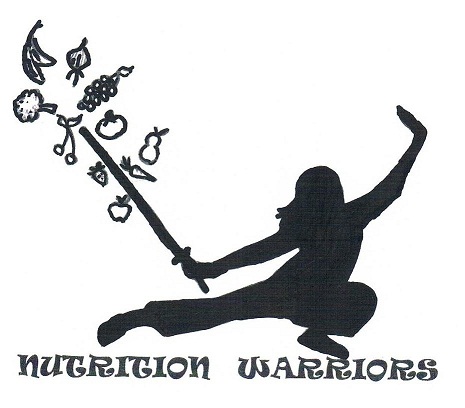How to get relief from seasonal allergies naturally
Spring is a pretty time of the year. The flowers are blooming and the grass is starting to grow again. With all these things comes pollen floating in the air. Many people suffer from seasonal allergies.
Try some of these great tips on making your Spring a little bit less uncomfortable.
The practice of nasal cleansing – known as Neti – has been used by practitioners of Ayurveda and Yoga in India for thousands of years. Neti is used to relieve sinus and nasal congestion, infections, post nasal drip and headaches.
Try some of these great tips on making your Spring a little bit less uncomfortable.
The practice of nasal cleansing – known as Neti – has been used by practitioners of Ayurveda and Yoga in India for thousands of years. Neti is used to relieve sinus and nasal congestion, infections, post nasal drip and headaches.
Using a Neti pot and Nasya is a traditional method to purify and revitalize the breathing passages. In the same way that massage nourishes and rejuvenates the skin, Neti and Nasya nourish and rejuvenate the breathing passages. This process can reduce allergies and decrease your chances of contracting upper respiratory infections. It is also useful before taking a plane flight to keep your breathing passages moist.
A Neti pot is a small container with a spout that can be gently placed into your nostrils through which warm salt water is administered. Usually made from a ceramic material, a typical Neti pot holds about 2/3 of cup of water to which 1/8 teaspoon of salt is added.
Place the spout of the Neti pot in one nostril and gently pour in the warm salt water. Your head should be positioned so the water runs out the other nostril. Any remaining liquid in your nasal passages is expelled and the process is repeated on the other side.
Quercetin
A natural plant that helps stabilize cells and prevents them from releasing histamine. Quercetin also is a natural antioxidant that helps reduce free radicals that cause cell damage.Food that contain quercetin are: Citrus fruits,buckwheat, onions, apples, parsley, tea, tomatoes, broccoli, lettuce and wine are naturally high in quercetin, but allergy sufferers will most likely need to use supplements to build up enough of this compound to prevent attacks. The recommended dosage is about 1,000 milligrams a day, taken between meals. It’s best to start treatment six weeks before allergy season. Those with liver disease shouldn’t use quercetin, so please consult your doctor before using this or any other supplement — especially if you are pregnant or nursing.
Eat local honey
Eat local honey regularly. It will desensitize your body to the pollen in your own environment.
Citrus peel can help ease allergy symptoms, it has a mild antihistamine effect.
Chop up peels of oranges and lemons place in a pot barely covering the fruit peels with water. Simmer, covered for 10 minutes. Sweeten the mixture to taste with honey and eat 1 teaspoon 3 times a day. This will help relieve hay fever.
Spicy Foods
Eating spicy foods such as horseradish, hot peppers and wasabi increases the flow of blood and loosens the secretion of mucus in the sinuses. Relieving the congestion will eliminate a headache.
Limit alcohol since it swells nasal and sinus membranes.
Acupressure
Pressing on acupuncture points on your face and back and spine can help alleviate the pressure from the congestion.
People that are prone to sinus infections have a low level of antioxidants. So eat more fresh fruit and vegetables.
Use a ginger compress on your face to help with sinus drainage.
Grate a large ginger root into 1 pint of boiling water and simmer for 15 minutes. Soak a washcloth in the warm tea and apply to your face. Do not burn yourself with a cloth that is too hot.
Resources
Chopra Center
Readers Digest Best Remedies





